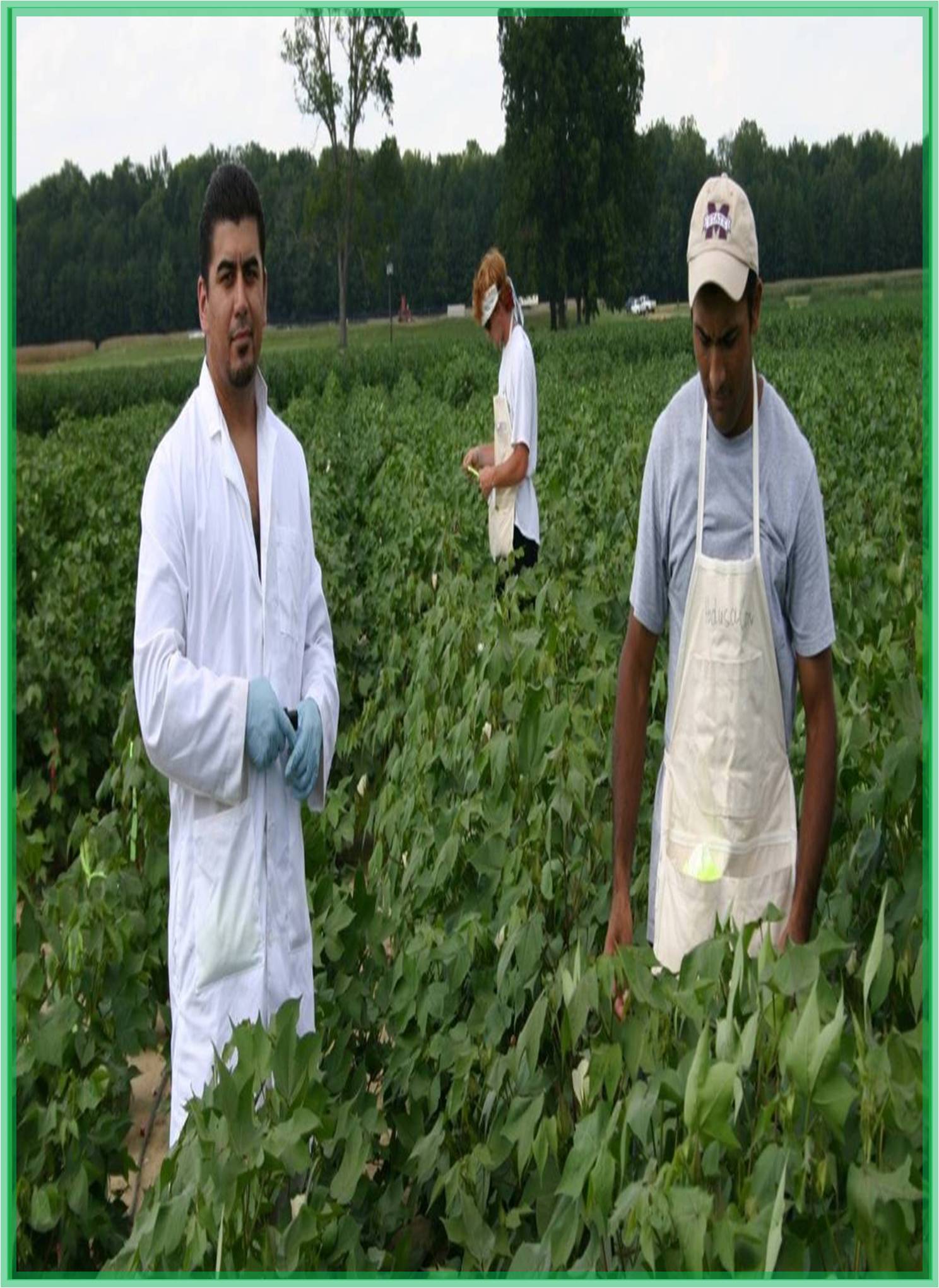



Received: 08-Aug-2022, Manuscript No. GJARR-22-71441; Editor assigned: 10-Aug-2022, Pre QC No. GJARR-22-71441 (PQ); Reviewed: 24-Aug-2022, QC No. GJARR-22-71441; Revised: 10-Jan-2023, Manuscript No. GJARR-22-71441 (R); Published: 17-Jan-2023, DOI: 10.15651/2437-1858.23.11.011
A plant that may be widely grown and harvested for consumption or financial gain is referred to as a crop. When numerous plants of the same kind are cultivated together in one area, a crop is the result. Most crops are raised in agriculture or aquaculture. Macroscopic fungi and marine macroalgae are examples of crops. The vast majority of crops are harvested for food or for use as animal feed. Intense collection methods are regularly used to harvest some crops from the wild. Horticulture, floriculture, and industrial crops are crucial non-food crops. Plants utilized for other crops are considered horticulture crops. Bedding plants, houseplants, flowering garden and container plants, cut cultivated greens, and cut flowers are all examples of floriculture crops. Industrial crops are grown to make textiles, biodiesel, or pharmaceuticals. Crops are living plants that farmers cultivate. Foods like grains, vegetables, or fruits make up the majority of crops. Some crops are grown to provide fibers like cotton, medicines like quinine, or other goods like rubber or timber. Typically, farms are designed to raise a single type of crop. Crops are domesticated plants that have been primarily chosen to enhance their size, flavour, and other characteristics. Monoculture is used to grow a lot of crops. Agriculture includes the production of crops. The following crops are crucial for human nutrition is rice is a kind of food and cereal. It was originally a marsh grass. It is consumed as a staple food in many regions of Asia. The majority of the warm regions of the world where it is grown are Asia, Africa, Northern Italy, and the west coast of North America. One fifth of all calories consumed by humans worldwide, or 80% of calories consumed in Asia, come from rice. Its production ranks third among all agricultural commodities at 741.5. But when it comes to value, the wheat trade outpaces all other crops combined. These cereals are all made of grass. The sunflower is an annual plant that is still in existence and belongs to the asteraceae family. The flower's flower head, which can be up to 30 cm broad, can have a stem that is up to 3 meters all. Other varieties of sunflower include the burgundy flowered California royal sunflower. In reality, the flower head is an inflorescence made up of a large number of tiny flowers, or florets. The central florets resemble the pseudanthium, the center of a typical flower. The plant benefits from being very visible to the insects and birds that pollinate it and from the hundreds of seeds it produces.
The morning glory family plant known as the sweet potato is farmed for its sweet, edible, tuberous roots. Betacarotene and fiber are both abundant in sweet potatoes. They are consumed globally. Although the sweet potato and the common potato have different names, they are not closely related to one another. Members of Christopher Columbus's voyage tasted sweet potatoes for the first time in Europe in 1492. Different cultivars of the sweet potato have regional names. The only component of the name that persisted was the potato's native Taino name, batata. The Spanish created the word potato for the common potato by combining the word batata with the Quechua word for potato, papa. The sweet potato is known as batata in Argentina, Venezuela, Puerto Rico, and the Dominican Republic. The sweet potato is referred to as camote in the Philippines, Central America, Mexico, Peru, Chile, and those countries.